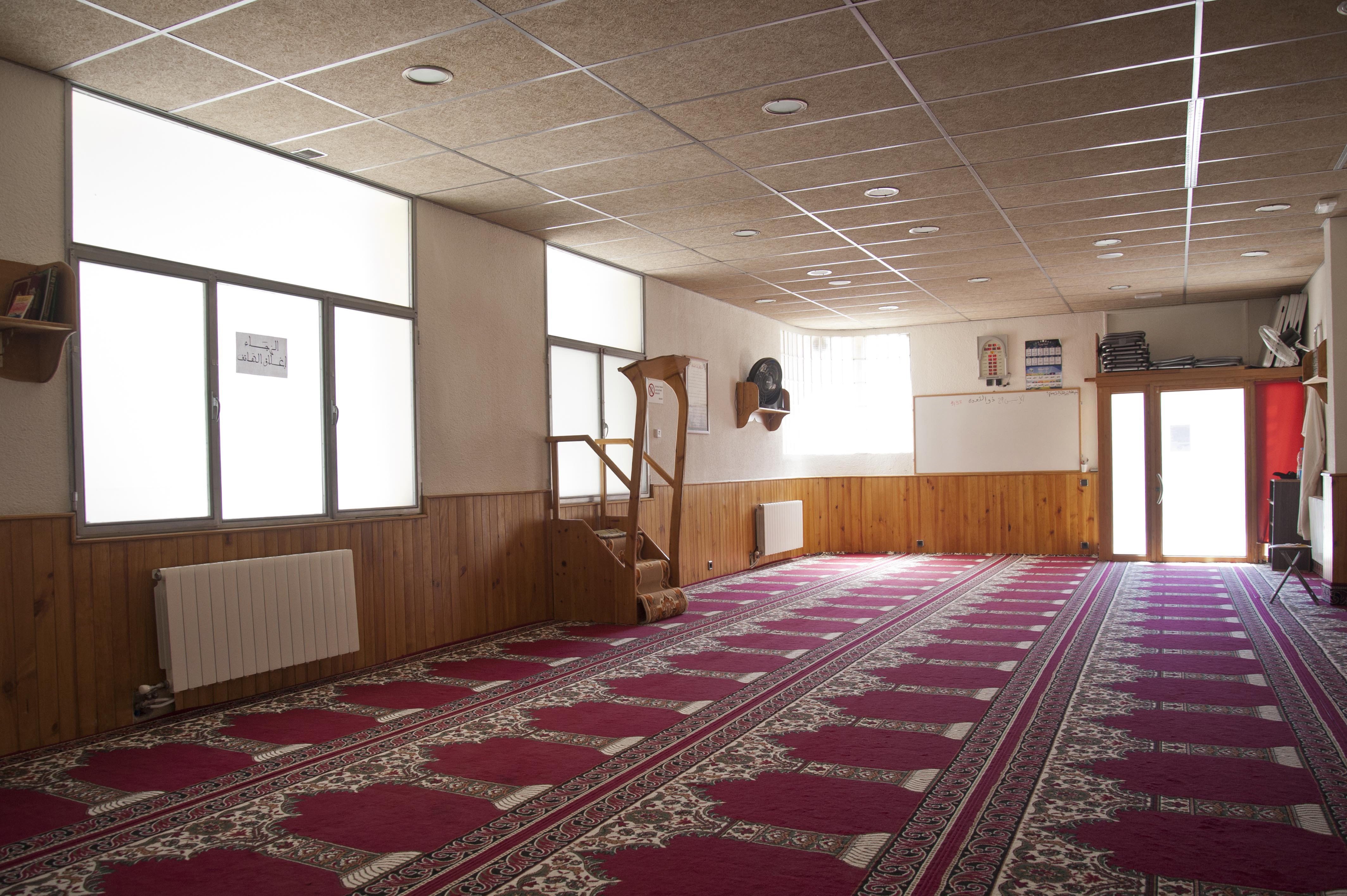The CNI (National Intelligence Centre), Spain's intelligence agency, "following its protocols" contacted Abdelbaki es Satty, imam of Ripoll, Catalonia considered the "mastermind" of the 17th August terrorist attacks in Catalonia. The communication came in 2014 whilst Es Satty was serving a sentence in Castelló prison for drug trafficking, intelligence service sources have told Europe Press.
Abdelbaki es Satty is considered to have been the "mastermind" behind the terrorist cell under investigation by Spain's National Audience court. He died in an explosion of a house in Alcanar, on the Valencia border, on Wednesday 16th August, hours before the attacks on Barcelona's famous Rambla boulevard and the seafront promenade in Cambrils.
Within days of the attacks, the Mossos d'Esquadra (Catalan police) started investigating the imam's contacts and started reconstructing his past. These investigations led to operation Chacal in which police stopped two radicalised brothers from attacking Ceuta.
Spanish newspaper El País reported on 20th August that the imam met Rachid Aglif, alias the Rabbit, in prison, one of the members of the cell responsible for the 2004 Madrid train bombing.
Es Satty lived in Vilanova i la Geltrú, south of Barcelona, between 2006 and 2008. He was the town's second imam and walked away clean from the police operation in which a good part of the leadership of the religious community ended up behind bars.
The Mossos managed to find his cellmate from Castelló prison, a terrorist charged over the 2004 Madrid attacks, where Es Satty was held between 2010 and 2014. The imam at that time was in charge of organising the prayer times between the Muslim prisoners. Sources say that it was there that CNI made contact with him.
National Audience judge Fernando Andreu says in one of his interlocutory orders that two of those detained in connection to the Catalonia cell indicated that 44-year-old Es Satty was the cell's "mastermind". He died in the explosion in Alcanar, where investigators found various plane tickets to Brussels in his name.
In the house in Alcanar they also found his wallet and ID and a green book with his name on the first page containing a text "Short letter to the soldiers of the Islamic State in the land of the Andalus for the crusades".
According to the judge, the terrorists in Catalonia had stockpiled hundreds of kilograms of material to make explosives to commit "a large-scale terrorist act", frustrated by the explosion of the mixture they were preparing to make TATP.
The judge hasn't opened separating proceedings against the imam. Like the rest of the members of the cell, his life up until his accidental death in the explosion in Alcanar in the house they were using as an explosives factory is being analysed. The operation involves the Mossos d'Esquadra as well as Spain's National Police and Civil Guard.
Criminal history
The imam had another conviction on his record, as well as drug-trafficking. In 2006 he was convicted on two counts of injury and one against the administration of justice based on events in the Basque Country two years earlier.
This was revealed in the sentence dictated in March 2015, which Europa Press has had access to, in which a judge annuls the expulsion of Es Satty agreed by the Subdelegation of the Government of Castelló in relation to his conviction on drug offences. The injury charges do not appear in the expulsion agreement, only in the verdict he received from a Ceuta court in February 2012, confirming the 4 years and 1 month in prison he was sentenced to in 2011 for drug-trafficking.
On the other hand, according to reports in Spanish newspaper El País, the Ripoll imam remained in touch with some of the terrorists arrested after the 2004 train attacks in Madrid.

